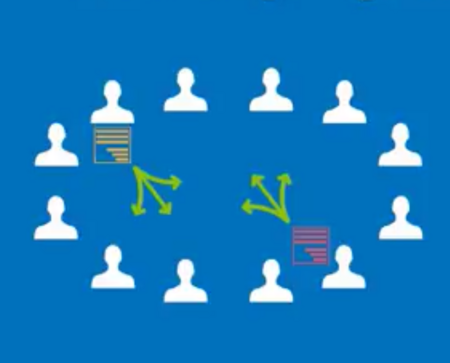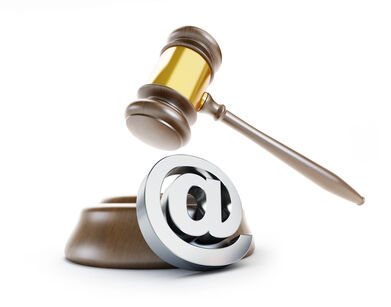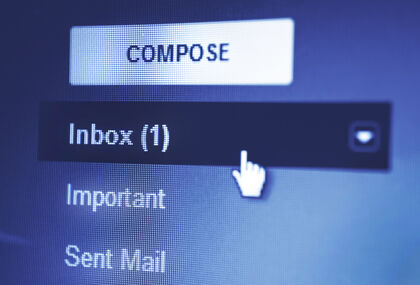
We have already discussed on our blog how a well thought-out and well-designed footer on your email can ensure that your email complies with the law and avoids being marked as spam. The footer is a good place to include your contact information, invite recipients to visit your social media links, remind them why you are receiving the email, and include links to other important places (for example, your privacy policy or other news items on your website). In this short post, we remind you how to add a personalised footer to your emails when using Simplelists.

Sometimes, you need more than one email list. You may need separate lists for different businesses, groups or organisations, or different lists for groups within your organisation. For example, one list for employees and another for managers, or individual lists for different topics, such as one list for marketing and another for discussion. In this short post, we tell you how to set up multiple lists using Simplelists (or watch a short video if you prefer).

Before delving into writing HTML code for your bespoke design email, it’s a good idea to spend a few minutes doing some planning first. Don’t think of this stage as wasted time - it is more likely to be the opposite - saving you time in the long run as you will know exactly what you are aiming for before starting. A well-planned email is also likely to be a success, especially if you are using the email for marketing purposes.

If you take part in email marketing it’s worth taking a few minutes to familiarise yourself with the law on spam. The law in the UK (the US will be covered in the next post) regarding spam emails is relatively straightforward and spending a few minutes making sure that you understand what you can and can’t do will keep you on the right side of the tracks and help you avoid fines of up to £5000!

We often get queries from Gmail users asking something like this:

Simplelists is designed to be really easy to use with only very basic computer skills needed to manage your email list - if you can click and type you can use Simplelists! However, there are also a range of technical features which open up a world of options for more advanced users. One of these is an API...

Simplelists has a feature which allows you to insert members’ names into the group emails that you send. We’ll jump straight in and tell you how to do it and then discuss why it’s useful and when it is important to include a person’s name.